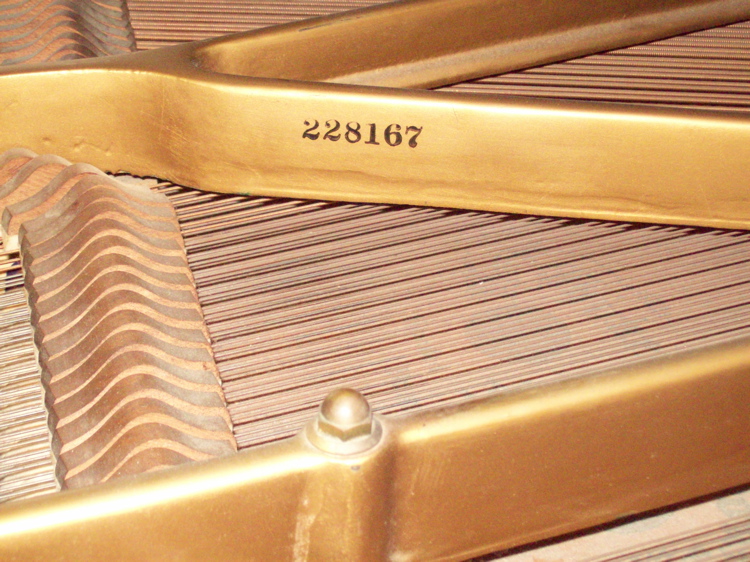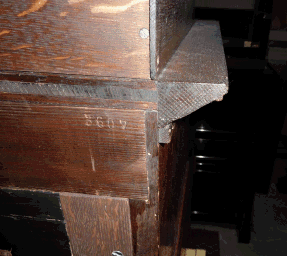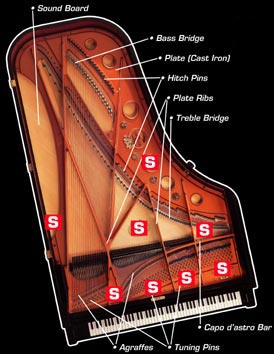
- PIANO BLUE BOOK SERIAL NUMBER SERIAL NUMBER
- PIANO BLUE BOOK SERIAL NUMBER FULL
- PIANO BLUE BOOK SERIAL NUMBER DOWNLOAD
Chickering pianos are desirable for their exceptional quality and craftsmanship, deep rich tone quality, and attractive designs, making restoration and preservation well worth the effort and expense. Although unique, a properly restored Chickering is a superior instrument. Many vintage Chickering pianos are unconventional in design and some less experienced technicans may find them intimidating to restore. Liszt and Gottschalk always played Chickering pianos on their American concert tours. During the 19th and early 20th Centuries, Chickering was constantly evolving and improving their designs in order to build the finest piano possible.
PIANO BLUE BOOK SERIAL NUMBER DOWNLOAD
Hypnosis mic download mp3Ĭhickering was an innovative manufacturer and the firm was not afraid to take risks. The remaining brothers died in the s, as the firm continued to grow and thrive. Thomas Chickering died inand the firm was taken over by Frank Chickering. Jonas Chickering died inand the firm was taken over by his son Thomas. John Mackay was lost at sea inand this loss appears to have ended the partnership between Chickering and William H.
PIANO BLUE BOOK SERIAL NUMBER FULL
John Mackay was a sea captain that exported Chickering pianos to South America, and in return, would bring back ships full of sweet smelling rosewood and mahogany for piano building.
PIANO BLUE BOOK SERIAL NUMBER SERIAL NUMBER


Located on the right, this acts as a 'bridge' to the 'beams' of the cast iron plate.

Note: You may have to remove the (1) music desk first and then (2) gently clean out any dust from your piano's plate before these numbers can be found.

Here are the TOP FIVE places to locate the serial number of your BABY GRAND or GRAND piano:


 0 kommentar(er)
0 kommentar(er)
